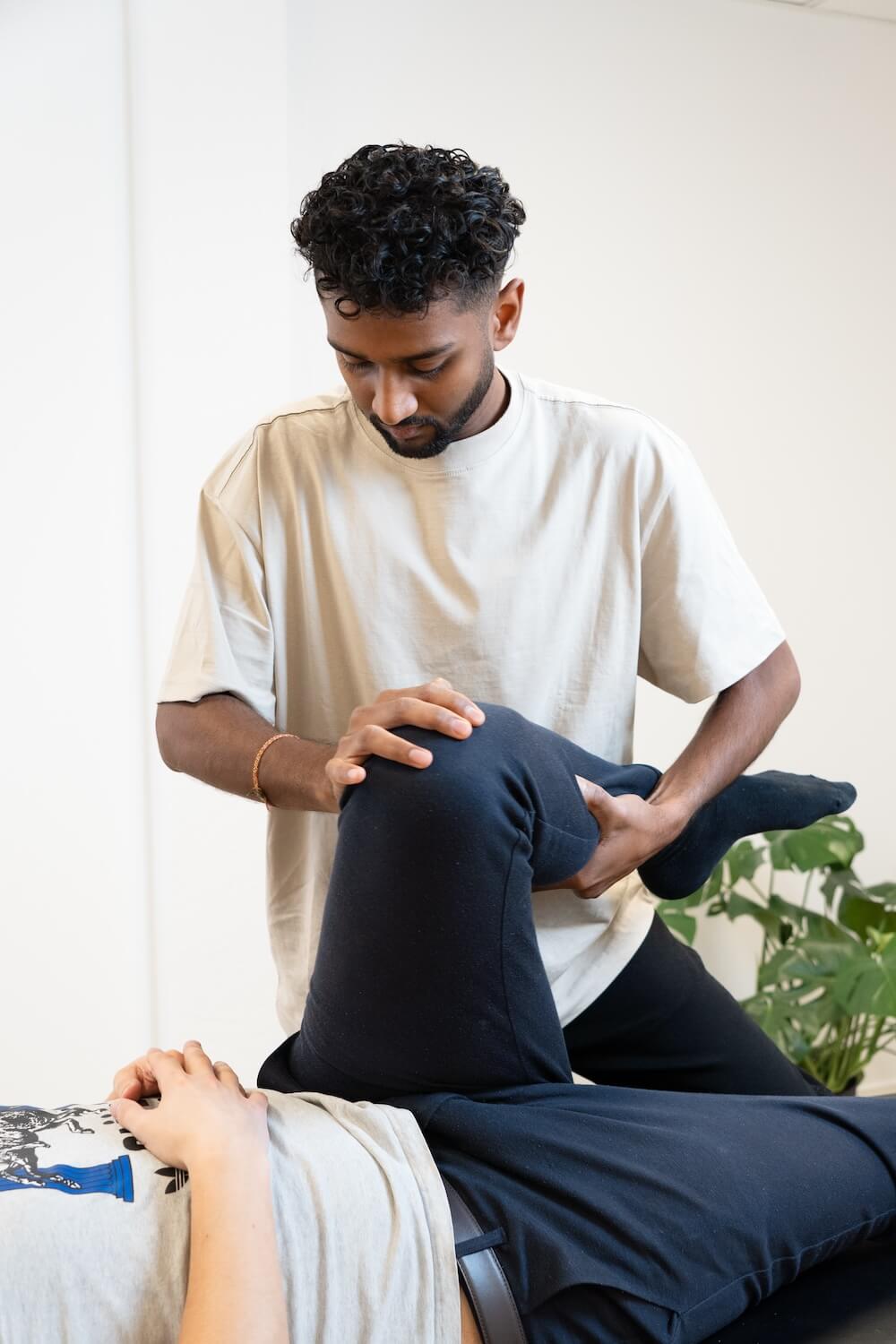We treat
Knee plica inflammation
Learn more about inflamed plica in the knee also known as plica synovialis
What is the Plica Synovialis?
In 50-60% of all people, there is a small fold of mucus in the knee that is a remnant from the fetal stage.
This plica has no known effect on the stability or function of the knee, but can lead to pain and swelling in and around the knee if it becomes inflamed.
Jump to section [Vis]
Inflammation can occur in the plica, which can be caused by a blow directly to the knee or overload in connection with sports or work. If there is small bleeding in the area of the plica, an inflammatory condition can also occur, which can lead to the plica becoming irritated, thickened and tight. This can lead to the plica scraping against the femur bone and causing pain.
This inflammatory condition will go away in many people if they simply start rehabilitating the affected knee within the first 4-6 weeks. Rehabilitating involves initially keeping the knee straight, using anti-irritant creams (ask your doctor), and starting to do light exercises guided by a physiotherapist or osteopath, see 3 good starting exercises further down in the article.
In some cases, flat feet may play a factor, so it may be a good idea to be examined by a physiotherapist or osteopath who can help determine if foot position plays a role. In some cases, it may be recommended to use a relieving foot sole during the relief and rehabilitation process, but this varies from case to case, ask your practitioner.

What are the symptoms of Plica Synovialis?
A number of different symptoms may occur, such as pain, clicking in and around the knee joint, fluid accumulation in or around the knee, local swelling and reduced mobility in the knee. The injury is seen more frequently in teenagers and younger adults, and is also more common in women than men. Often, the symptoms may be absent at the beginning of a physical activity such as sports, but then suddenly begin and then become worse and worse during the physical activity. The pain is often described as a non-constant pain that feels dull, aching and worsens during activities where you have weight bearing on the knee such as walking up stairs, squatting, kneeling or simply having the knee bent for a long time. The symptoms can be difficult to distinguish from other knee disorders, and the pain can be located in different places on the knee, both above and in the middle of the knee. However, there will typically be a cracking sound when bending and extending the knee. Many will experience instability when walking up and down stairs or on slopes.
De-load period:
Before starting specific knee rehabilitation, it is important that the inflammation is well treated and that the inflammation gradually subsides. There are many factors that affect how well and quickly the body heals, including diet, lifestyle, exercise, sleep, stress and much more. It may be a good idea to talk to a healthcare professional who can help you map out what things you can do to optimize your body’s ability to heal.

Rehabilitation:
For many with an irritated knee joint, supervised rehabilitation after the initial inflammation has subsided will be sufficient to relieve knee discomfort. Research shows that nearly 90% of people who undergo a rehabilitation program achieve improvement within 2 months – in this study, 100% of participants are healthy at follow-up after 4 years. It may therefore be a good idea to start the rehabilitation process as early as possible, as soon as you can do stretching and light exercises without lasting pain.
Source: ncbi.nlm.nih.gov
Osteopathy and Plica Synovialis
The knee is a large and essential joint that connects the ankle and hip, and is therefore an important part of our normal movement pattern. A painful knee can in itself lead to compensation strategies where you move inappropriately to avoid pain. It is therefore important that you relieve the knee early in the treatment process, but that you continue to move as much as possible without making the pain worse. If you walk for a long time and try to maintain an activity level as before, but try to avoid the pain through inappropriate movements, it can lead to problems elsewhere in the body, because they are now overloaded.
If you already have problems in your foot or hip, it can also prolong the process, as the entire leg’s muscle, tendon and fascia chains connect our ankle to our spine. It may be relevant to have problems in these areas assessed and treated, as they can reduce mobility in and above the knee joint.
The same will apply to our entire thoracic spine, lumbar spine, hip and groin region. Since tightness in connective tissue, muscles, joints and ligaments can lead to poorer blood supply throughout the body. A good, stable blood supply is essential for the body to heal, as it is in the blood that nutrients and oxygen get around the body, just as the blood also transports carbon dioxide and waste products to the organs that excrete them from the body.
The fresh, nutrient-rich blood is pumped out into the body from the heart and lungs through the arteries. Once the blood has delivered nutrients and oxygen, waste products such as uric acid bind to the plasma in our blood and are excreted as urine through our kidneys and bladder.
The osteopathic approach is about treating the body as a whole, consisting of many different systems. Including the biomechanical musculoskeletal system, the neurological system, as well as the functions of the organs and their impact on the organism’s ability to heal itself. This holistic approach is based on the fact that imbalances in one of the body’s systems can affect another, leading to problems that prevent the body’s ability to heal itself.
Source: britannica.com

Operation
In particularly complicated cases, general treatment and rehabilitation will not be sufficient and surgery may be considered. In this case, it is a case of laparoscopic surgery that cuts the plica into the thickened and irritated part of the tissue. It is important that the condition is treated either by manual treatment and rehabilitation, or that surgery can be used to avoid the development of a chondral lesion, a wear and tear on the protective cartilage of the femur bone, which is why you are faced with 2 problems rather than 1.
Good advice if you get Plica Synovialis
If you have problems with your knee, it is always a good idea to have it examined so that you can begin to find out what the cause is, as well as to have a plan for treatment and further progress made. Treatment and supervision during rehabilitation can lead to less pain in the process and lead to a faster recovery, so that you can better and faster return to normal everyday life with meaningful leisure activities and so on.

Other good advice:
- Adjusting activity levels during the recovery and rehabilitation phase. It is important to find the right balance between activity and rest so that the tissue neither withers nor becomes overworked.
- To ensure that you relieve the knee when you are not active.
- If there is a lot of pain, common over-the-counter painkillers can be used to reduce discomfort during the procedure.
- When the pain subsides, it is important to quickly start rehabilitation, which includes stretching exercises, balance, and strength training of the muscles in the knee. Here, it is especially important to gradually increase the load and difficulty so as not to further provoke irritation of the plica.
- You can consider whether you are wearing the right footwear and also whether you temporarily need a smaller insole in your shoes to relieve the knee through better shock absorption.
Introductory exercises for Plica Synovialis:
The training below must not cause swelling in the knee – if swelling occurs in or around the knee, it is a good idea to be seen by a professional.
Cardio training:
You can cycle as much as you want with a high-set saddle, as the plica becomes irritated when the knee is bent. However, be careful not to provoke more pain during training, and remember that training also requires rest, so that the body has time to heal. Below you will find a video with 3 exercises that you can do initially in the treatment of Plica Synovialis.

Often related injuries
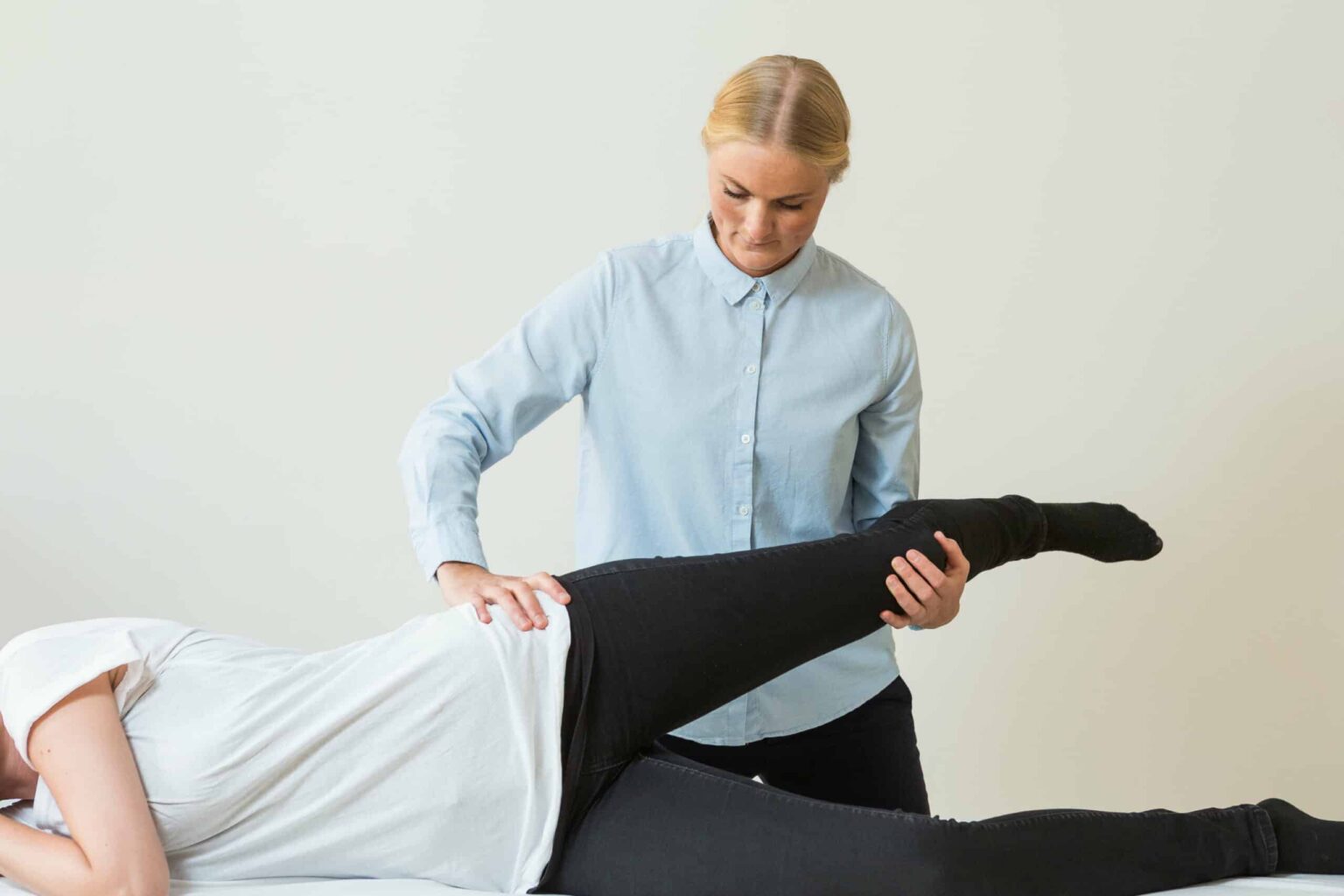
Restless Legs Syndrome (RLS)
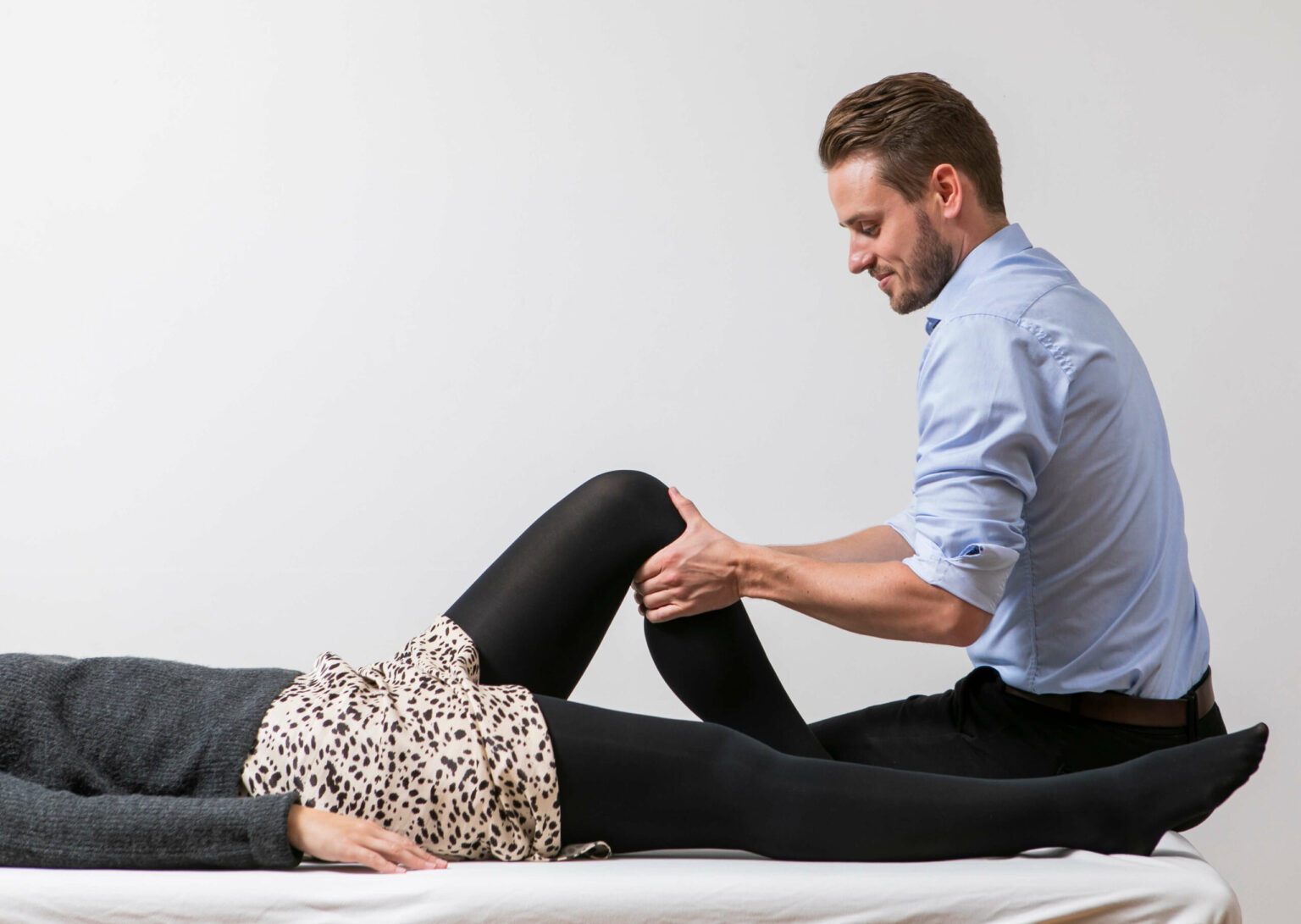
Cruciate ligament injuries – ACL/PCL
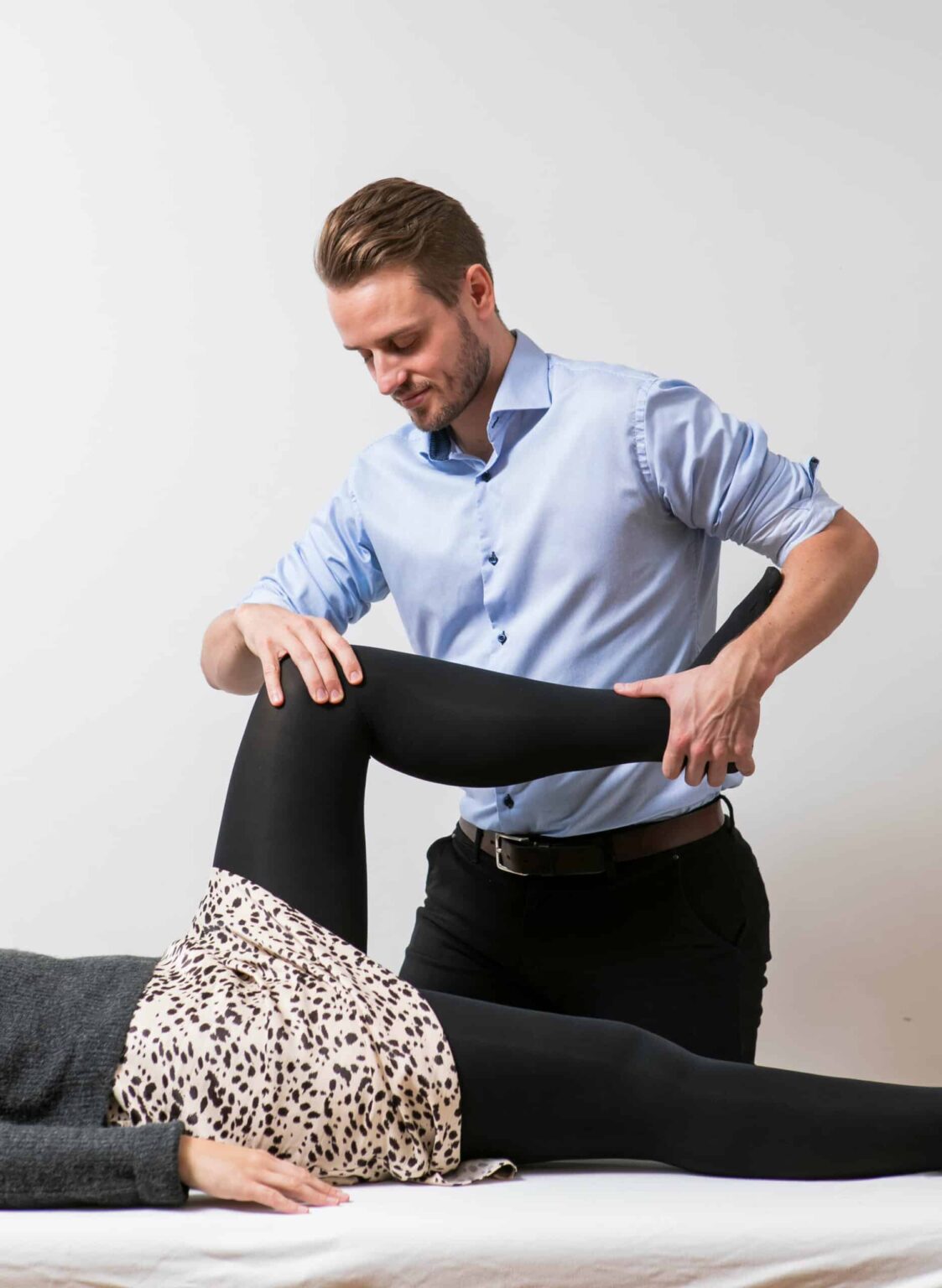
Synovial Plica
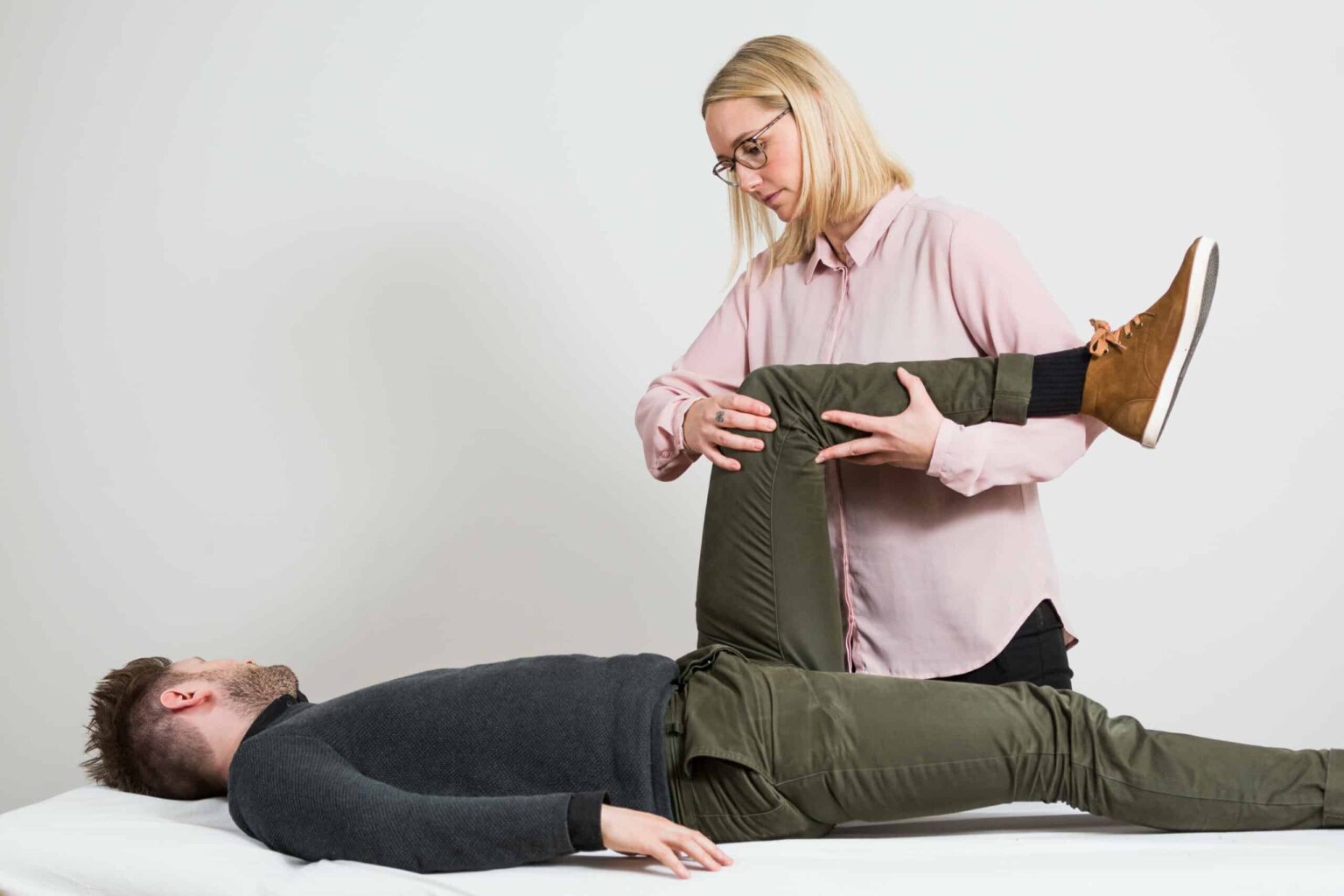
Pes anserinus tendinitis
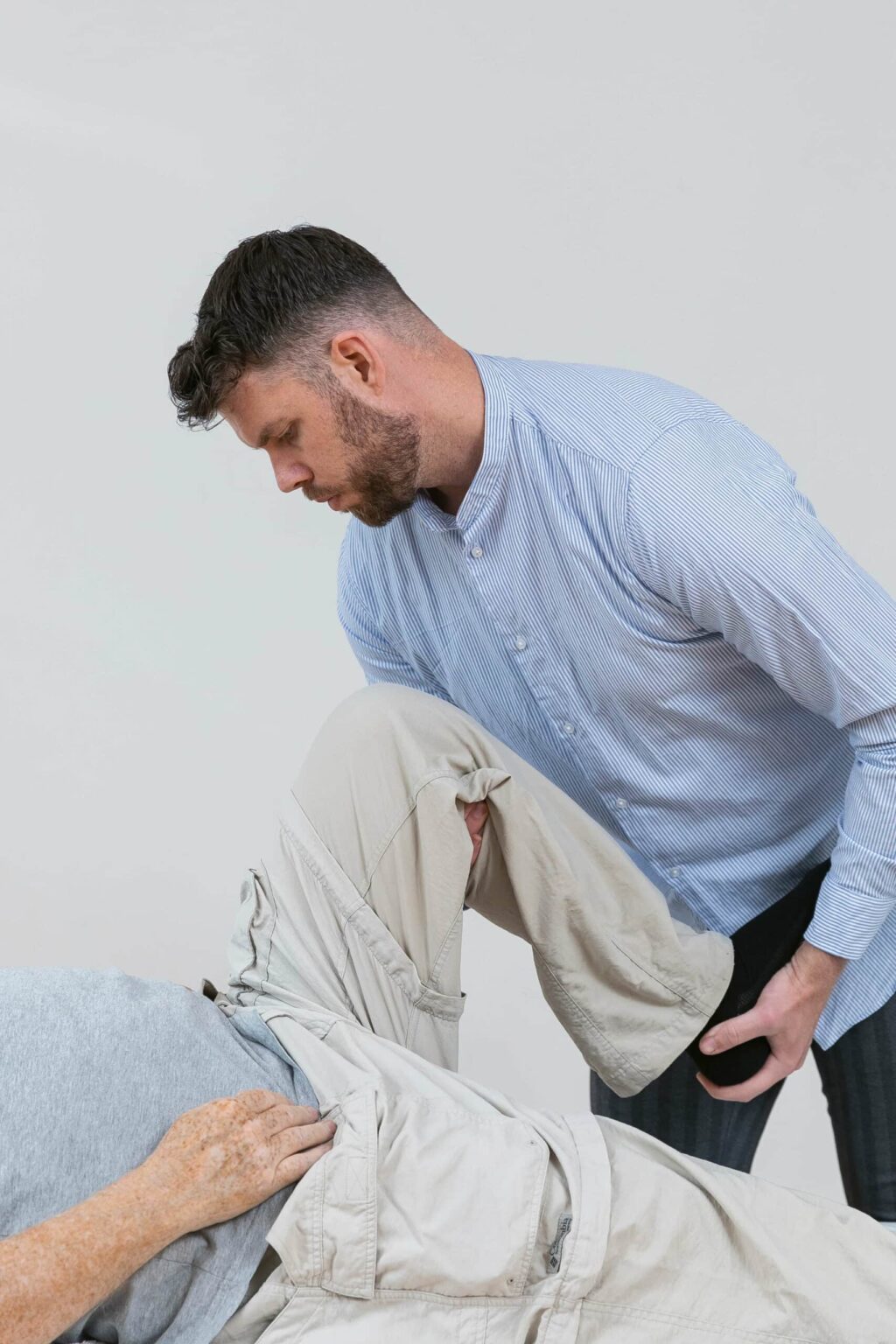
Jumper’s knee

Knee plica inflammation
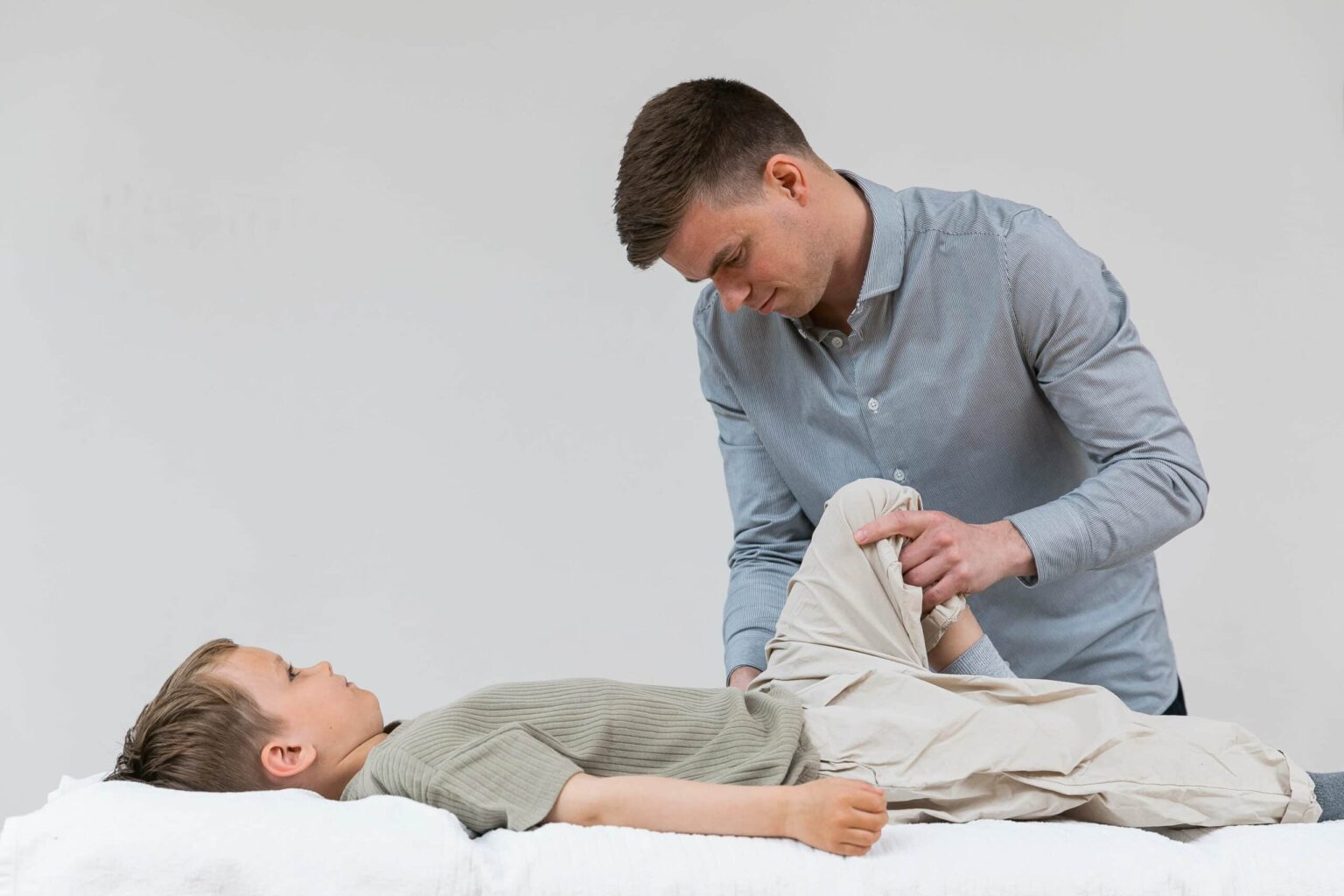
Osgood Schlatter
